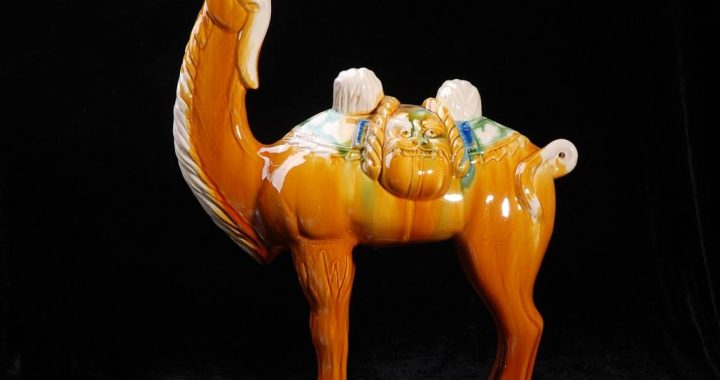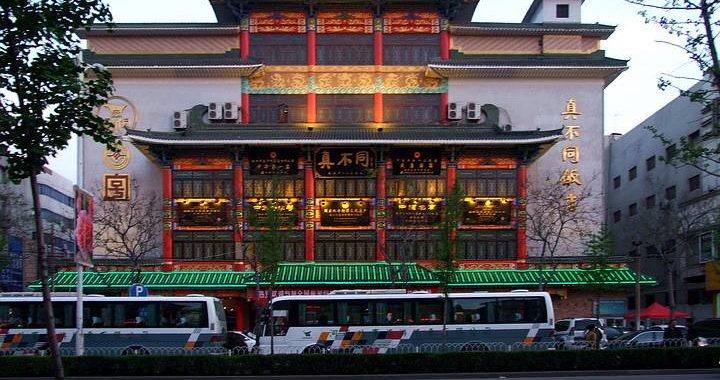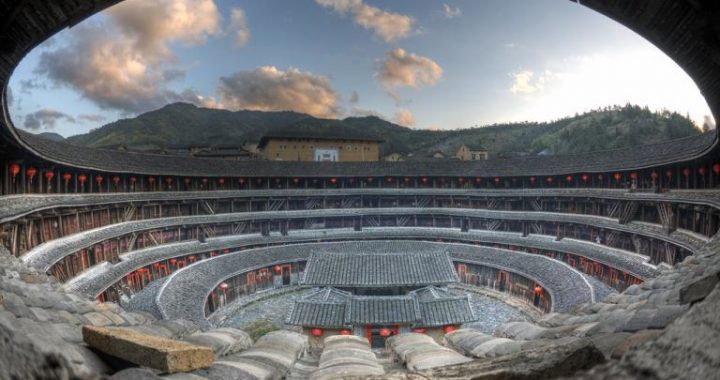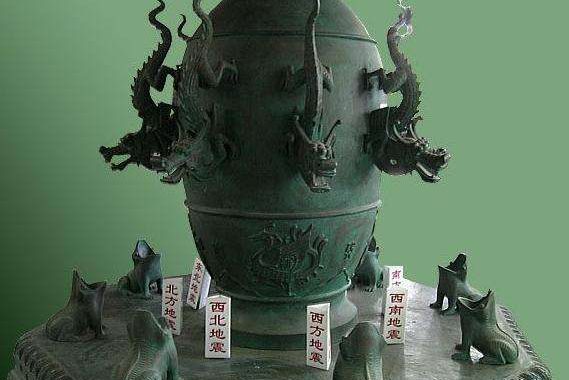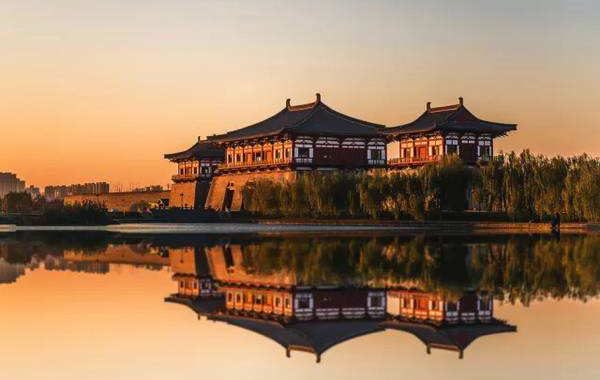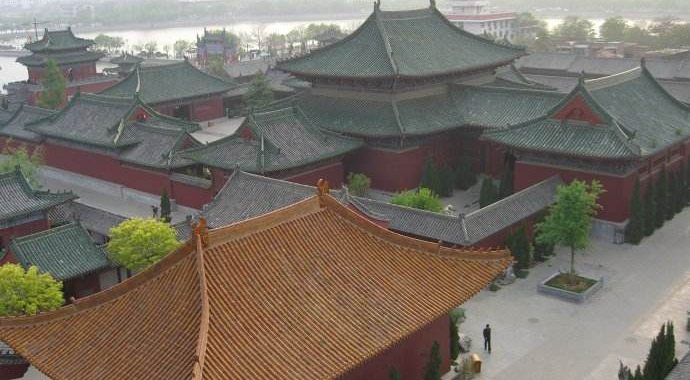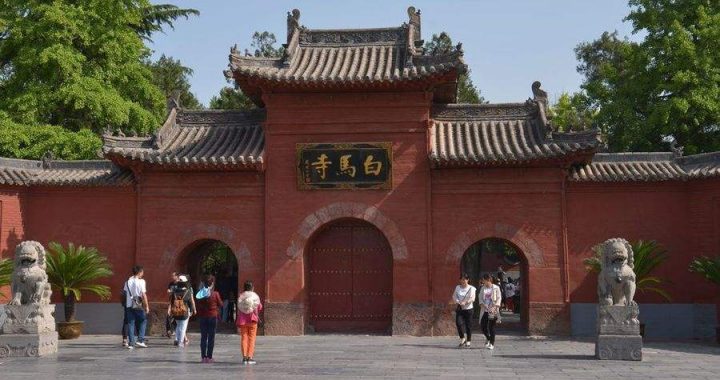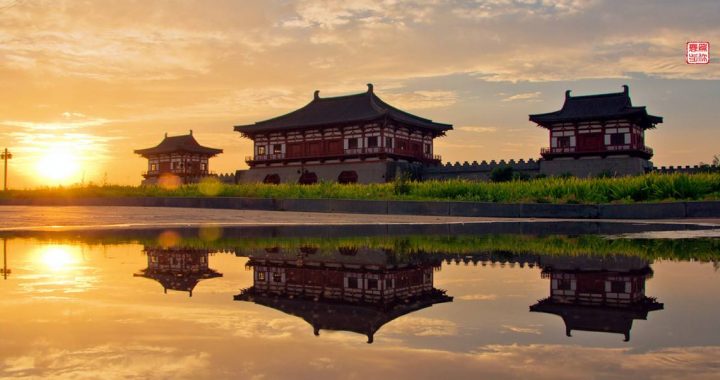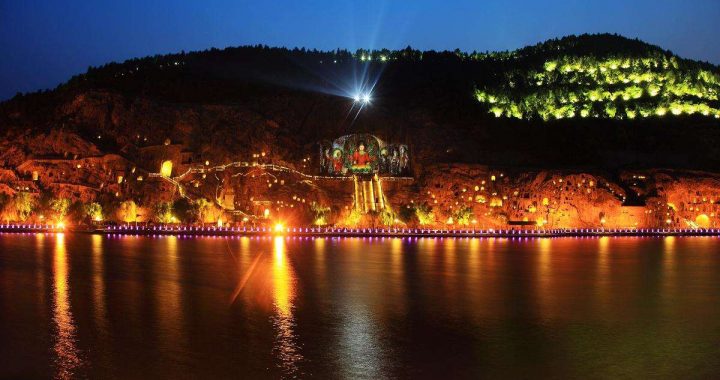Luoyang Cultural Relics
4 min readA city with a history of 3,000 years, Luoyang is home to numerous invaluable historical relics, among which are White Horse Temple, Longmen Grottoes and the site of ancient Luoyang.
White Horse Temple
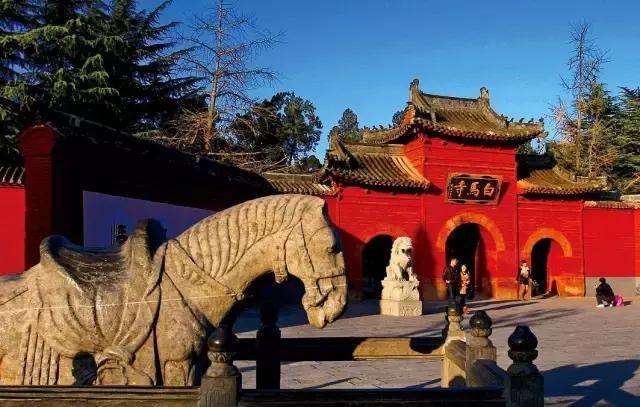
Situated nine kilometers east of Luoyang and built in 68 A.D., the White Horse Temple was the first temple built up after Buddhism was introduced to China and thus has always been honored by the Chinese Buddhist circle as “the temple of origin”for its special significance in the development of Buddhism in China.
The White Horse Temple
The temple was under constant repair through Tang, Song, Yuan, Ming and Qing dynasties. The current one is reconstructed according to the one in the Ming dynasty. From the entrance, there stands in order the Gate, Hall of Heavenly Kings, Hall of Sakyamuni, Hall of 1000 Buddhas, Hall of Greeting, the Cool and Clear Terrace and the pavilion. Inside the temple, all the five main halls are orderly lined along the central south-north axis. Inside the Hall of Sakyamuni, there stand 23 statues. Made of silk and hemp and weighing only three to five kilograms each, the statues, each with different facial expressions and postures, are so lifelike and remain as colorful as they were first made in the Yuan dynasty. So rare are they that they are the most valued treasure in the temple.
The Cool and Clear Terrace, reputed as “the terrace in the air”, is among the most appealing in the temple. Forty-three meters long, thirty-three meters wide and six meters high, the grey-brick terrace is of a strong oriental flavor. Hall of Mahavira which is topped with a double nine-ridged roof, is a courtyard indeed. With side halls and monk house, dark green cypresses and golden laurels, the courtyardoffers a quiet yet beautiful environment. It is said that it was first used as a summer resort and the study for Emperor Liu Zhuang of the Han dynasty. Later, it became a place for visiting Indian eminent monks to live and translate sutra.
Qiyun Pagoda in the White Horse Temple
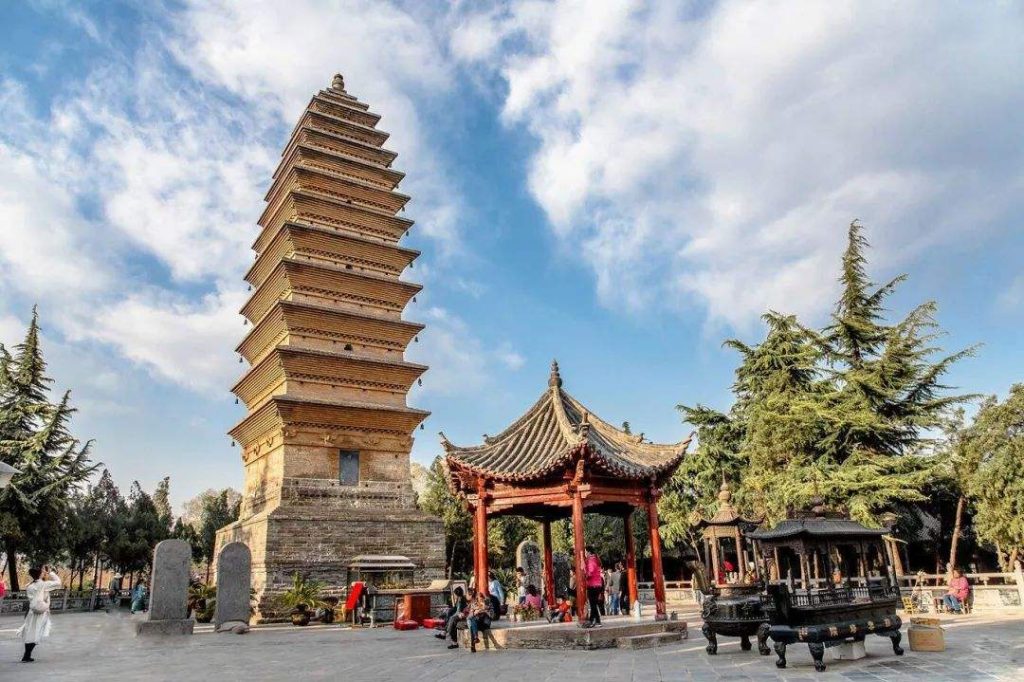
Inside the White Horse Temple there grow many pomegranate trees. Pomegranate is the local fruit of Iran and other countries in Central Asia. When Buddhism was introduced to China, pomegranate was also brought along to China and grown by many residents in Luoyang and Chang’ an. Chinese people loved pomegranates and regarded them as a symbol of the exchanges with foreign friends; as a result, the price of pomegranate soared by folds. Longmen Grottoes Ten kilometers south of the city proper of Luoyang, Longmen grottoes, together with Yungang Grottoes in Datong and Mogao Caves in Dunhuang, are titled the three treasuries of the Chinese Buddhist art. Started from 494 when Northern Wei moved its capital to Luoyang, the excavation lasted more than 400 years through Southern and Northern Dynasties, Sui and Tang. It is estimated that currently there are more than 2,100 niches, more than 40 stupas, more than ten thousand of statues and more than 3,000 tablets. In the West Mountain are grottoes mostly carved in Northern Wei, taking up one third of the total.
Carving of caves in Longmen climbed to its second peak in the Tang dynasty. The biggest statue in Longmen, the Statue of Vairocana Buddha in the cave known as Fengxian Temple was carved during the reign of Emperor Wu Zetian.17.41 meters high with the four-meter high head included, the Buddhist statue looks quite gentle and tranquil. On the two sides of the Buddha, there are two Bodhisattvas, two juniors, two heavenly kings and two warriors. Some scholars believe the appearance of the Vairocana Buddha statue is quite similar to that of Emperor Wu Zetian according tothe description of Wu’s apperance in Comprehensive Mirror for Aid in Governance, sothey think the statue is actually a statue of the woman emperor. Statues and niches in the Fengxian Temple are quite different from those carved in the Southern andNorthern Dynasties. Instead of seeming mysterious and keeping a distance from thecommon people, they look closer to people, reflecting the different artistic style of the Tang dynasty.
Statues at the Tangzi Cave of Longmen Grottoes carved in the Eastern Wei dynasty Compared with the West Mountain, caves in the East Mountain are fewer and younger. In the south part of the mountain, there is a cave known as Kanjing Temple.
The excavation of the cave was started when Wu Zetian was in power. Inside the cave, there are plump flying Apsaras on the ceiling and 29 arhats of different bearings on the wal1. Excavation of the statue of the 1000-Armed-and-1000-Eyed Avalokiteshvarain the Wanfo Valley was started during the reign of Emperor Xuanzong and finished during the reign of Emperor Wenzong of the Tang dynasty.(“Wanfo”in Chinese literally means “ten thousand Buddhas”.)2.37 meters high, the statue is a portrayal of Buddha which belongs to the esoteric sect and is quite rare even in the Tangdynasty. Of all the caves in Longmen, those excavated in the Tang dynasty take up nearly two thirds.
In addition to those historical relics, Luoyang is also famed for its peony. And a widely spread legend adds more charm to the beautiful flower. There used to be a lot of peonies in Chang’ an. On a winter day, Emperor Wu Zetian wanted to go to an imperial garden the next day, so she issued an order that all flowers blossom during the night so that she could see the various flowers. The next morning, all the flowers blossomed except the peonies. Emperor Wu became very angry and ordered all the peonies to be grown in Luoyang. Surprisingly, the moment they were moved toLuoyang, all of them blossomed at once. Hearing that, Wu issued another order to burn the flowers. Nonetheless, those peonies got even more colorful and eye-catching. Nowadays, it’s very hard to verify the story, but the beauty of Luoyang peonies is self-evident.
